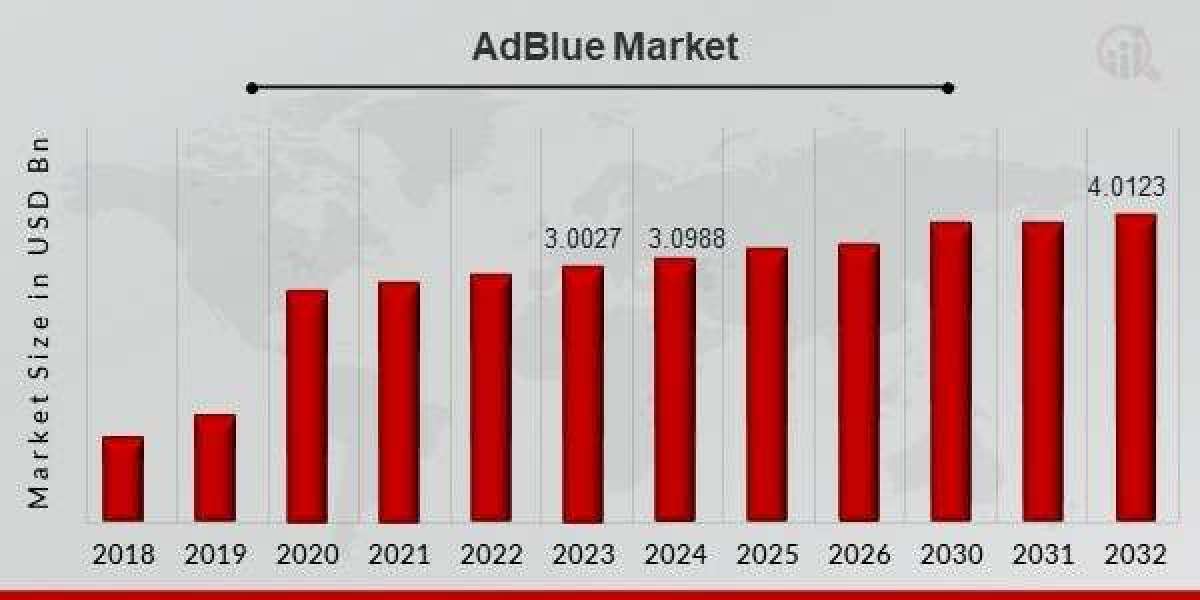The AdBlue market has emerged as a crucial segment within the global automotive and industrial sectors, driven primarily by the growing emphasis on environmental sustainability and the implementation of stringent emission regulations across various countries. AdBlue, a clear, non-toxic solution made of high-purity urea and deionized water, plays a significant role in reducing harmful nitrogen oxide (NOx) emissions from diesel engines through the selective catalytic reduction (SCR) process. As governments worldwide tighten emission norms to combat air pollution and climate change, the demand for AdBlue continues to rise steadily, shaping new opportunities and challenges for manufacturers, distributors, and end-users alike.
In recent years, the automotive industry has witnessed a strong shift towards cleaner and more efficient technologies. Diesel engines, known for their fuel efficiency and durability, have faced increasing scrutiny due to their contribution to urban air pollution, especially concerning NOx emissions. To comply with Euro 6 standards in Europe, Bharat Stage VI norms in India, and similar stringent emission regulations in North America and Asia-Pacific, vehicle manufacturers have widely adopted SCR systems that rely on AdBlue to neutralize NOx gases. This technological alignment has directly boosted the consumption of AdBlue in passenger cars, commercial vehicles, buses, and heavy-duty trucks. As the fleet of diesel-powered vehicles continues to grow, particularly in developing economies where commercial transport remains heavily reliant on diesel, the market for AdBlue is poised for sustained expansion.
Beyond on-road vehicles, the adoption of AdBlue is gaining momentum in non-road mobile machinery (NRMM) and stationary industrial applications. Agricultural machinery, construction equipment, and diesel-powered generators are increasingly equipped with SCR systems to meet stricter emission standards imposed on off-road engines. This widening application base has broadened the scope of the AdBlue market, encouraging producers to scale up production capacity and innovate packaging solutions that cater to diverse usage requirements. From large bulk deliveries for fleet operators to convenient small canisters for passenger vehicle owners, manufacturers are continuously evolving their supply chain strategies to ensure uninterrupted and easy access to AdBlue.
One of the defining trends influencing the AdBlue market landscape is the development of robust distribution networks and the rise of retail filling infrastructure. Traditionally, AdBlue was primarily distributed through large fuel stations and authorized dealerships. However, with the surge in personal diesel vehicles equipped with SCR systems, the demand for easy-to-use refill options has grown significantly. This has led to the proliferation of AdBlue dispensers at fuel stations, dedicated retail outlets, and even online sales channels that provide doorstep delivery. The increasing awareness among vehicle owners about the importance of timely refills and the consequences of low-quality AdBlue have further fueled the growth of certified suppliers and branded solutions, strengthening consumer trust and market standards.
Regional dynamics also play a pivotal role in shaping the AdBlue market. Europe continues to hold a dominant share due to early and widespread adoption of stringent emission norms and the significant presence of diesel vehicles across both passenger and commercial segments. The region’s well-established network of filling stations and bulk distributors ensures a stable supply chain, while ongoing regulatory updates encourage further adoption of cleaner technologies. Meanwhile, Asia-Pacific is emerging as one of the fastest-growing markets for AdBlue, propelled by rapid industrialization, urbanization, and government initiatives to curb vehicular pollution. Countries like China and India have ramped up their efforts to upgrade emission standards in line with global benchmarks, driving large-scale adoption of SCR technology and, consequently, spurring demand for AdBlue.



